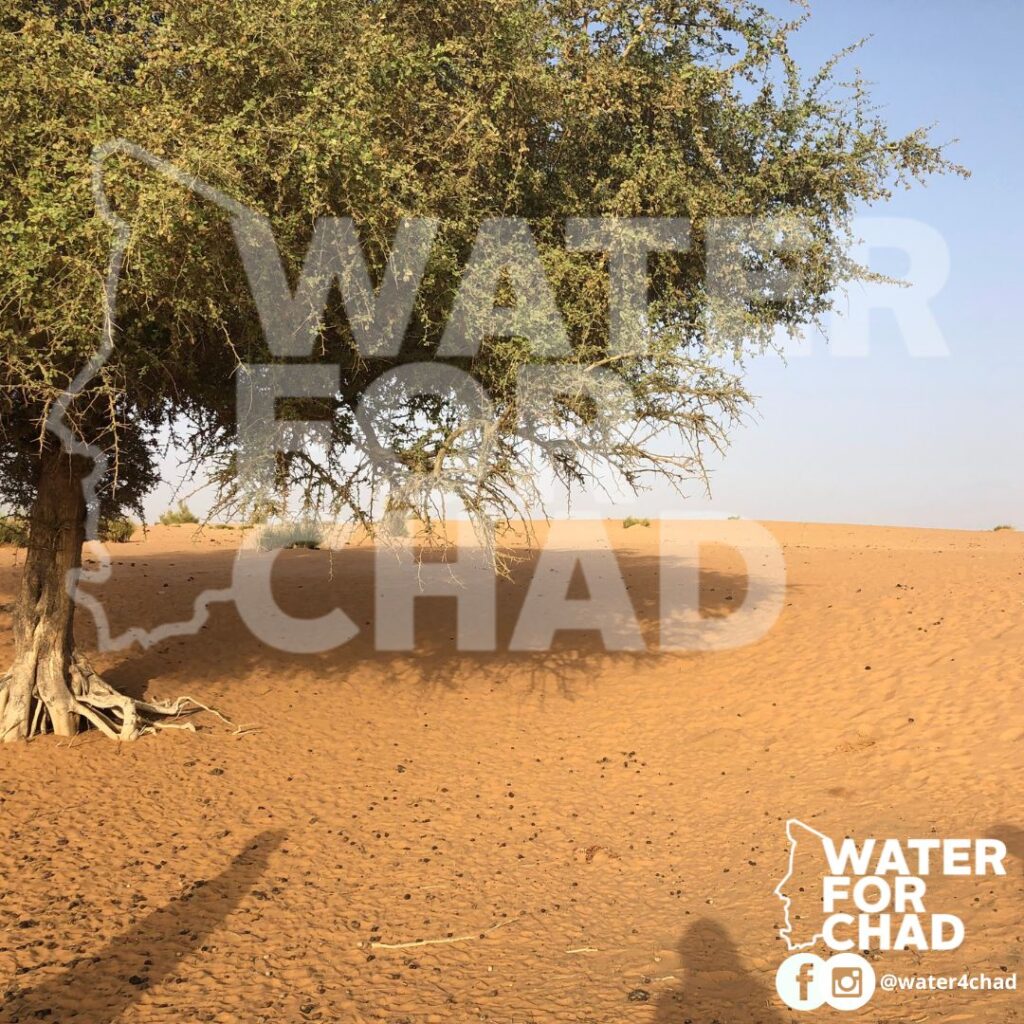Chad is at the epicenter of a climate crisis that is profoundly disrupting its water cycle. Rising temperatures, desertification, and erratic rainfall patterns are mostly impacts of climate change, and are altering how water flows and is stored, leaving millions vulnerable to water scarcity.

The Changing Water Cycle in Chad
- Rising Temperatures: Over the past century, Chad’s average temperature has increased by 1.5°C, intensifying evaporation rates. This rapid loss of surface water reduces the availability of lakes, rivers, and shallow groundwater.
- Desertification: The Sahara Desert expands southward, consuming fertile land and depleting aquifers. Nearly 30% of Chad’s land is now at risk, severely impacting agriculture and water recharge zones.
- Erratic Rainfall: Once predictable rainy seasons now bring shorter, intense downpours or prolonged droughts. Climate change impacts the rhythm of these seasons, particularly crucial for farmers.
A Ripple Effect of Change
These initiatives have already transformed lives. In communities supported by Water for Chad, rainwater harvesting systems now provide clean water for over 15,000 people annually, while education programs empower residents to manage their water resources sustainably.
Donate here and visit our Instagram & Facebook pages @water4chad !
Here is the link to our latest article : Why WASH is Key to Breaking the Cycle of Poverty in Chad
Read more articles on our website: https://www.water4chad.org/blog/

